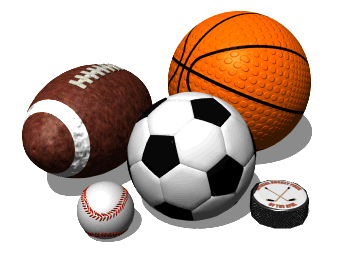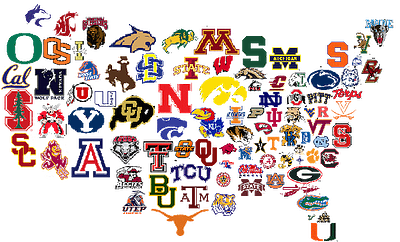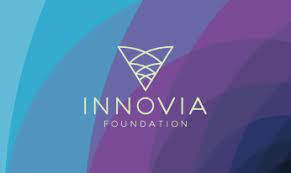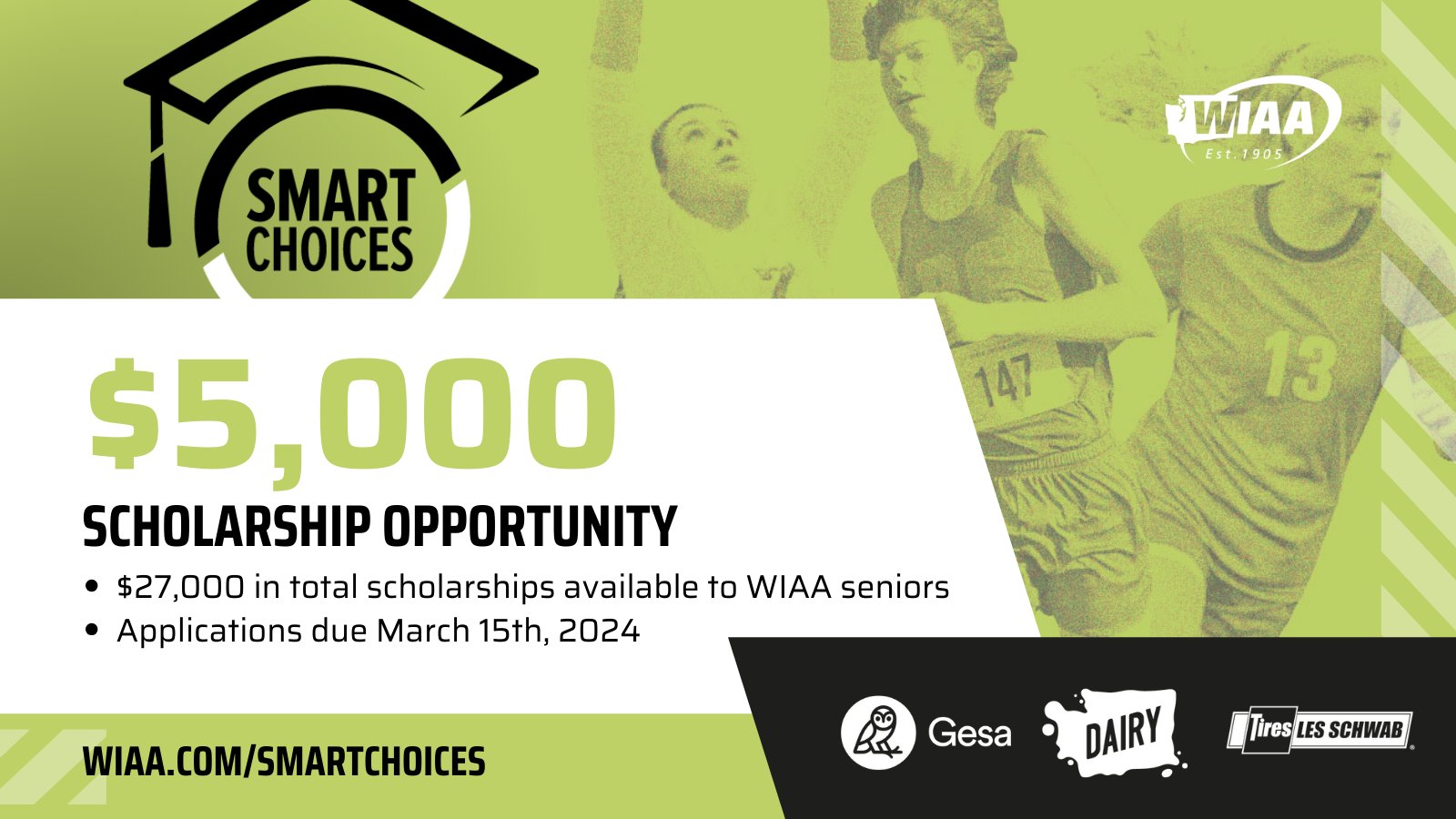Athletic Scholarships

Scholarships for Student-Athletes
For many youth athletes, "getting paid" to go to college by playing sports is the big dream. Most of the colleges that give sports-based scholarships are mainly NCAA Division I and Division II schools, and only a small fraction of athletes qualify for this level.
However, many colleges do offer talent, academic, and need-based awards. They may also give you preferred status with the financial aid office, which could add up to several thousand dollars on your financial aid package.
To prepare to play collegiate sports:
Have an honest conversation with your coach about what level they think you can compete at. Request a letter of recommendation from them.
Research which schools are the best fit for your academic AND athletic goals. Make sure the schools offer the training program that you want to pursue.
Register with the NCAA Eligibility Center, the National Association of Intercollegiate Athletics (NAIA), or the National Junior College Association (NJCAA) to become eligible for college-level competition.
Each association has different rules for the recruitment process. It is your responsibility to know and comply with the regulations.
Write to the coaches of the schools that you are interested in to let them know. A sample letter is available in the counseling office.
Apply to several schools at your ability level and a division lower. For example: If you are capable of playing on a NCAA Division I team, then apply to several of these schools plus other NCAA Division II and NAIA colleges.

NCAA ELIGIBILITY CENTER
The National Collegiate Athletic Association (NCAA) is the largest of the college sports associations. It oversees 24 sports programs for male and female athletes at over 1,200 schools. Along with traditional sports, such as football, basketball, softball, tennis, volleyball, and soccer, some schools offer opportunities to compete on teams like archery, equestrian, or bowling.
Students who want to be considered for NCAA Division I or II athletics programs must get their amateurism certification beginning April 1 of their senior year.
Division I schools are the most competitive and must offer scholarships to their student-athletes. Many of these offers are fully funded. Division II school programs offer some financial aid, but most student-athletes do not get a full-ride.
While the 448 Division III programs can't offer sports-based awards, being an athlete for these schools can help you get into a college program that you want. Additionally, 75% of of the 183,000 Division III student-athletes receive some merit or need-based financial aid.
To qualify for your amateurism certification:
Register with the NCAA Eligibility Center as early as sophomore year. Review the NCAA High School Timeline for activities to follow-up with at each grade level.
Earn a minimum 2.3 GPA in 16 academic core courses by senior year.
10 of the 16 core courses must be completed before the seventh semester (mid-senior year) of high school.
7 of those 10 core courses must be in English, math, or science.
If you take the ACT or SAT, use code 9999 to have your results sent to the NCAA Eligibility Center.
Graduate from high school.





